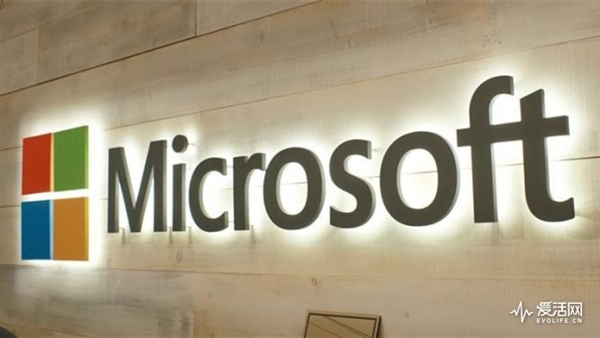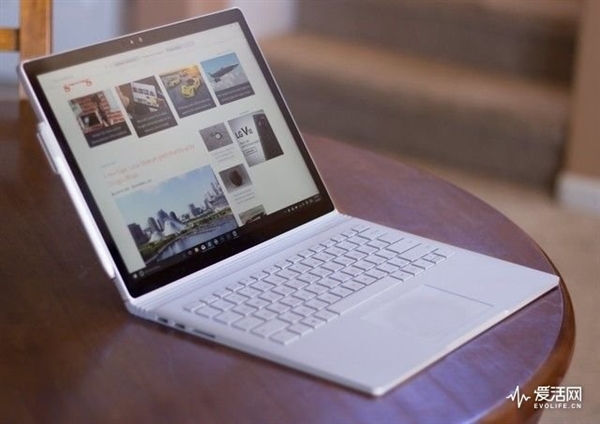In the past three months, Microsoft has generated a total of $22.1 billion in revenues, with a net profit of $4.8 billion. Both revenue and net profit have increased compared to the same period of last year. In all Microsoft operations, Office and cloud services are still Microsoft's main source of income, and Windows business is also in the continuation of the PC market continues to shrink.
In Microsoft's traditionally weak hardware business, Surface's profit for the quarter reached 831 million U.S. dollars, which is 26% lower than before. Of course, this is understandable. After all, Microsoft has not updated the Surface product line for a whole year, Surface Pro4 and Surface Book is already a product of the end of 2015, and it is necessary to continue relying on them to face a large number of OEMs such as Dell and Lenovo.

In addition, the Windows 10 mobile version, which has been almost forgotten by all, still lives in Microsoft's financial report. It continued to decline this quarter, with revenue falling by US$730 million.
Reversely proportional to the decline in hardware revenue is the performance of the Windows business. Revenue from Windows OEMs increased by 5% year-on-year in this quarter, and Windows' revenue in the commercial area and cloud services also increased by 6% over the same period of last year. This is not easy. The result is that the entire PC industry is still steadily declining in the last quarter.
In fact, with the push of Windows Creators Update and the launch of new PC products in the new season, the performance of the Windows business in the next quarter should be even better.
Office and cloud computing services have become the most dazzling presence in all of Microsoft's businesses. Among them, Office and cloud business revenue increased by 7 in this quarter, revenue from consumer-grade Office and personal cloud services increased by 15%, and the current number of Office 365 subscribers has reached 26.2 million. Server product revenue increased by 15% while Windows Azure revenue increased by 92%.

HDMI, known as High Definition Multimedia Interface, is mainly used for transmitting HD audio and video signals.
There are three types of data transmitted by HDMI TMDS (plus Hsync and Vsync count as four) :
1.Preamble (control information) is mainly used to control the Data to be transmitted next, namely Data Island or Video Data
2.Data Island, all kinds of packet information, including audio packet, image packet, etc
3.Video Data, Video pixel Data. HDMI can transmit pixel Data in RGB and YUV formats
4. And Hsync and Vsync
HDMI Source device (HDMI HPD) will monitor the Hotplug port of the sink device. If the Hotplug is High, it will prove that the device can work, and then read DCC; if it is low, it will prove that the device is disconnected.
The HDMI Sink device should notify the source device that EDID has been changed by pulling the Hotplug down, and the source device will read the new EDID again after the Hotplug is pulled up, which should be more than 100ms.
HDMI provides that the EDID can be read by DCC when the 5V pin of HDMI is powered on, that is, the Hotplug needs to be high, and some Hotplug is directly connected to the 5V
TMDS Clock is the Pixel Clock, the Clock frequency used for a Pixel point. Through TMDS Clock CLK pins transmitted to the receiver, but the receiver is not clear for what TMDS Clock frequency of the sender sent, so you need to through the Phy (Phy is analog to digital conversion section, is different from the ADC, Phy is don't know the sampling frequency, the need to lock frequency and phase lock, detect the exact input frequency) to lock.
Pc Hdmi Input,Hdmi Input Adapter,Hdmi Input Splitter,Hdmi Port On Tv
Tonya Display Limited , https://www.tydisplay.com